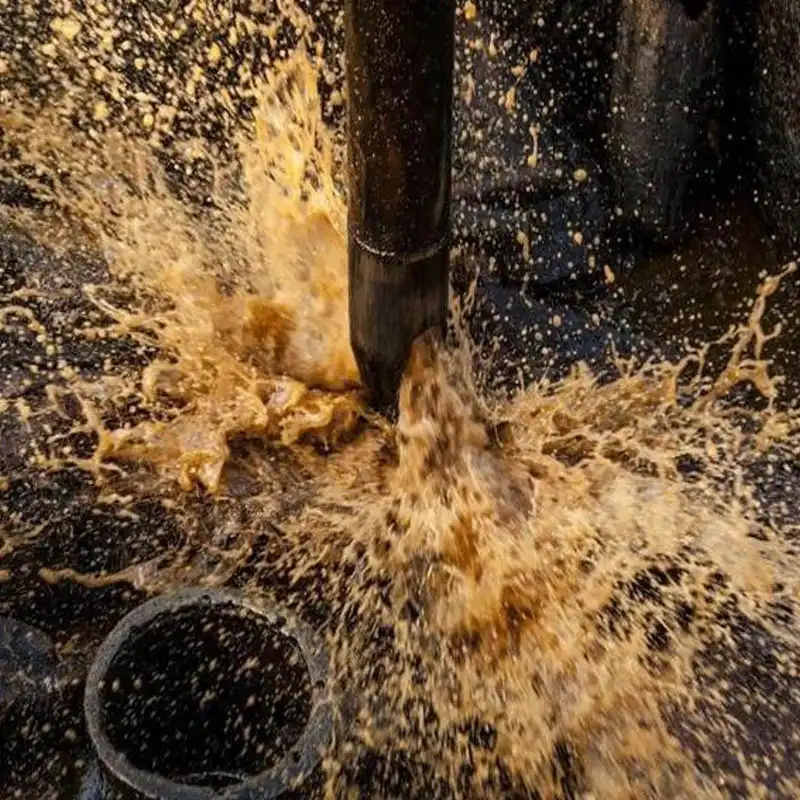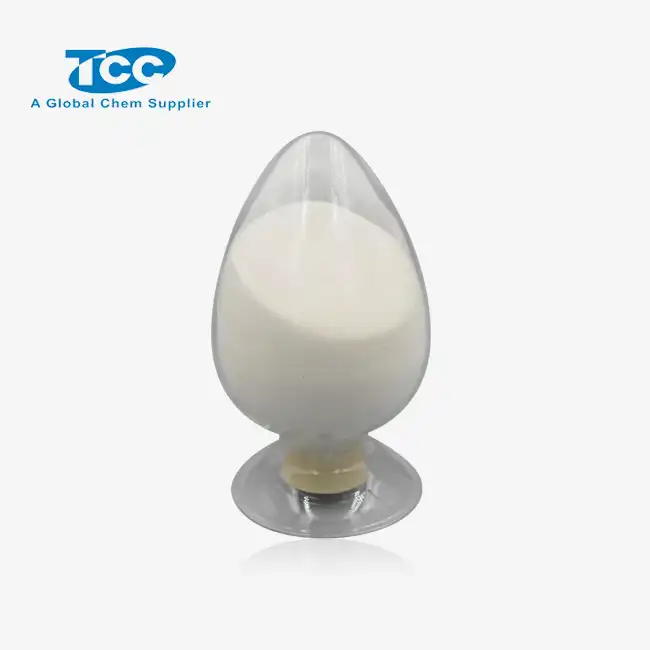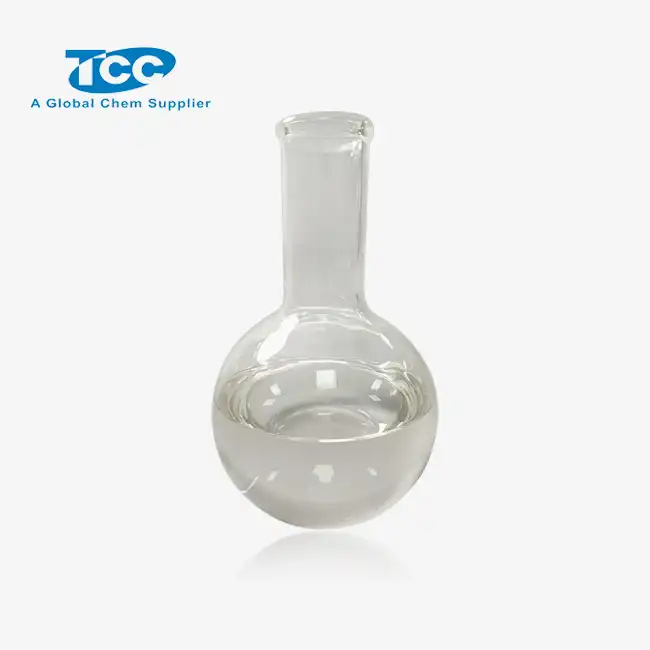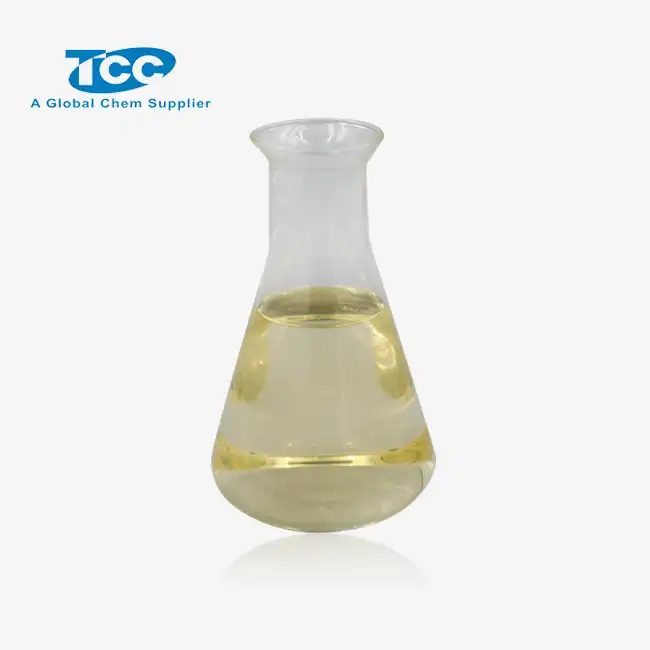- English
- French
- German
- Portuguese
- Spanish
- Russian
- Japanese
- Korean
- Arabic
- Greek
- German
- Turkish
- Italian
- Danish
- Romanian
- Indonesian
- Czech
- Afrikaans
- Swedish
- Polish
- Basque
- Catalan
- Esperanto
- Hindi
- Lao
- Albanian
- Amharic
- Armenian
- Azerbaijani
- Belarusian
- Bengali
- Bosnian
- Bulgarian
- Cebuano
- Chichewa
- Corsican
- Croatian
- Dutch
- Estonian
- Filipino
- Finnish
- Frisian
- Galician
- Georgian
- Gujarati
- Haitian
- Hausa
- Hawaiian
- Hebrew
- Hmong
- Hungarian
- Icelandic
- Igbo
- Javanese
- Kannada
- Kazakh
- Khmer
- Kurdish
- Kyrgyz
- Latin
- Latvian
- Lithuanian
- Luxembou..
- Macedonian
- Malagasy
- Malay
- Malayalam
- Maltese
- Maori
- Marathi
- Mongolian
- Burmese
- Nepali
- Norwegian
- Pashto
- Persian
- Punjabi
- Serbian
- Sesotho
- Sinhala
- Slovak
- Slovenian
- Somali
- Samoan
- Scots Gaelic
- Shona
- Sindhi
- Sundanese
- Swahili
- Tajik
- Tamil
- Telugu
- Thai
- Ukrainian
- Urdu
- Uzbek
- Vietnamese
- Welsh
- Xhosa
- Yiddish
- Yoruba
- Zulu
FL610S: Revolutionizing API Fluid Loss Reduction
The ever-changing world of drilling and cementing operations has long made fluid loss management a top priority. Here we have FL610S, an innovative fluid loss additive that is changing the game when it comes to reducing API fluid loss. The persistent problem of water loss during cementing processes is finally solved by this ground-breaking product after years of study and testing in harsh conditions such saturated saltwater systems and high-temperature wells. FL610S, an AMPS/AA copolymer, offers unparalleled performance in controlling filtration of water from cement slurry into surrounding formations. The fact that it works with cement slurry systems of all densities—low, high, and typical—is where its revolutionary nature comes from. This white to pale yellow powder, fluid loss additive FL610S, is changing the game in fluid loss management, cement integrity, and drilling operations all over the world. We'll find out how as we explore its potential.
Understanding API Fluid Loss in Drilling
The Importance of Fluid Loss Control
Assuring efficient cementing processes and keeping the wellbore intact are two of the most important goals of fluid loss management during drilling operations. An essential component in this setting is the fluid loss additive FL610S.By effectively controlling the filtration of water from cement slurries into nearby formations, Fl610S is one of the many ways it helps to avoid issues that can endanger the execution of drilling operations. Inadequate zonal isolation, cement setting too quickly, and possible formation damage are all issues that can arise. Reduced fluid loss to permeable formations is a direct result of the thin, impermeable filter cake that FL610S can build on the wellbore wall thanks to its unique formulation. Ensuring the cement slurry retains its desired qualities during placement relies on this regulated fluid loss. ultimately leading to stronger and more durable cement sheaths.
Challenges in Traditional Fluid Loss Control Methods
Conventional approaches to controlling fluid loss have frequently failed to meet the intricate demands of various drilling settings. Before the advent of advanced additives like FL610S, operators struggled with inconsistent performance across varying temperature ranges and salt concentrations. Problems with well integrity, longer waiting-on-cement (WOC) periods, and higher operational expenses were common outcomes of these restrictions. The fluid loss additive FL610S tackles these challenges head-on. Its advanced polymer structure allows for effective performance in temperatures up to 180°C (356°F BHCT), making it suitable for a wide range of well conditions. Unlike conventional additives, FL610S maintains its effectiveness in both freshwater and saturated saltwater systems, providing a versatile solution for different geological settings. This adaptability significantly reduces the need for multiple additives, simplifying logistics and inventory management for drilling operations.
The Science Behind API Fluid Loss
As a prerequisite to enjoying FL610S's novel method, familiarity with the science underlying API fluid loss is essential. API fluid loss occurs when the liquid phase of a cement slurry or drilling fluid is forced into permeable formations under differential pressure. Complex interplay exists between fluid parameters, formation properties, and applied pressures in determining the outcome of this process. The fluid loss additive FL610S's unique chemical structure resolves this problem. As an AMPS/AA copolymer, FL610S combines the benefits of both components: the AMPS (2-Acrylamido-2-Methylpropane Sulfonic Acid) provides excellent temperature stability and salt tolerance, while the AA (Acrylic Acid) contributes to effective fluid loss control. Together, FL610S and the cement slurry interact synergistically to bridge pores and produce a filter cake with low permeability by forming a cohesive network. The cement slurry maintains its designed qualities throughout the cementing process with FL610S, which improves cement bond strength and long-term zonal isolation by regulating the rate of fluid loss.
FL610S's Innovative Approach to Filtration Control
Advanced Polymer Technology
The innovative FL610S filtration control system is based on state-of-the-art polymer technology. When compared to other fluid loss additives, FL610S stands out thanks to its innovative AMPS/AA copolymer structure. Indeed when subjected to greatly warmed temperatures, this special mix keeps up a tall level of liquid misfortune control. The AMPS component makes the expansion safe to warm weakening and congruous with different electrolytes, making it perfect for utilization in extreme well conditions. In the meanwhile, the AA component makes the polymer perform better at forming a dense network in the cement slurry, which means less fluid will escape. In saturated salt environments and temperatures up to 180°C, FL610S continues to operate admirably because to this synergistic combination. Successful cementing operations rely on stable cement slurries and predictable rheological qualities, both of which are improved by FL610S's superior polymer technology.
Compatibility with Various Cement Systems
The fluid loss additive FL610S stands out due to its exceptional compatibility with numerous cement systems. Because of its adaptability, operators may utilize a single additive for a variety of cementing tasks, which is revolutionary for the industry. FL610S performs exceptionally well in conventional density cement slurries, providing consistent fluid loss control without adversely affecting other slurry properties. Even in systems with a low density, fluid loss control is not an easy task. Formation fracture in vulnerable zones can be prevented with the use of FL610S.The FL610S continues to impress even when faced with high-density slurries in deep hole applications. It effectively controls fluid loss without affecting the pumpability of the slurry. Furthermore, FL610S has shown to be highly compatible with a wide range of water types, constantly performing admirably in saturated salt systems, fresh water, and seawater. Operators may now rely on a reliable solution that can manage various cementing situations, regardless of the depth of the well or the complexity of the formation. Because of its versatility, logistics and inventory control are also made easier.

Environmental and Safety Considerations
Fl610S stands out among ecologically cognizant items since of its devotion to defending both representatives and the planet. Oil and gas companies are progressively looking for naturally inviting arrangements, and this product's definition is a reflection of that slant. There will be less of an effect on the environment from FL610S's use or unintentional discharge because it is non-toxic and biodegradable. Offshore operations and places with high environmental concerns place a premium on this quality. From a safety perspective, FL610S poses minimal risk to handling personnel, with no special protective equipment required beyond standard industry practices. During mixing operations, the inhalation risks are reduced by its low dust formulation. By successfully overseeing liquid misfortune and decreasing the plausibility of well control occurrences caused by insufficient cementing, FL610S in a roundabout way progresses boring operation security and well astuteness. By choosing FL610S, administrators can illustrate their commitment to operational security and natural obligation. This show not as it were gives extraordinary liquid misfortune administration, but it moreover meets the necessities of progressively exacting directions and corporate maintainability activities.

Maximizing Efficiency: FL610S Dosage Strategies
Optimizing Dosage for Different Well Conditions
Maximizing the efficiency of the fluid loss additive FL610S requires careful consideration of dosage strategies tailored to specific well conditions. The recommended dosage range of 0.6-2.5% by weight of cement (BWOC) provides a flexible framework for optimizing performance across various scenarios. In standard well conditions with moderate temperatures and pressures, a dosage on the lower end of this range, around 0.8-1.2% BWOC, often suffices to achieve desired fluid loss control. However, as well conditions become more challenging, such as in high-temperature environments or formations with high permeability, increasing the dosage towards the upper range becomes necessary. For instance, in wells with bottom hole circulating temperatures (BHCT) approaching 180°C, a dosage of 1.8-2.5% BWOC may be required to maintain effective fluid loss control. presence or absence of other additives when determining the ideal dosage. To optimize performance while keeping costs down, it is vital to conduct field trials and regular laboratory testing to fine-tune the FL610S dose for individual well conditions.

Synergistic Effects with Other Additives
Fluid loss additive FL610S's high compatibility with other popular cementing additives is a major plus, since it allows for synergistic effects that boost cement performance as a whole. Combining FL610S with retarders allows for more constant fluid loss control over longer periods of time, which is essential for deep well applications or when pumping times need to be increased. In systems using lightweight additives or extenders, FL610S helps maintain fluid loss control without compromising the desired density reduction. The fact that FL610S works well with dispersants and friction reducers stands out. Their combined use improves the cement slurry's rheological characteristics by lowering pumping resistance and keeping fluid loss constant. In tight hole and long reach drilling, this synergistic effect is especially advantageous, making slurry placement critical. For a more all-encompassing approach to wellbore integrity, FL610S can be used in conjunction with gas migration control additives to tackle both fluid loss and gas migration issues at the same time. Operators may enhance cement systems for particular well difficulties by understanding and harnessing these synergistic benefits.
Cost-Benefit Analysis of FL610S Usage
The substantial value proposition of FL610S in cementing operations is revealed by a thorough cost-benefit study of its usage. While the initial cost of the fluid loss additive FL610S may be higher compared to some traditional options, its superior performance and versatility often lead to overall cost savings in the long run. The primary benefit comes from the reduced risk of cementing failures and subsequent remedial operations, which can be extremely costly and time-consuming. By ensuring consistent fluid loss control across various well conditions, FL610S minimizes the chances of poor cement jobs, inadequate zonal isolation, or microannulus formation. Spending less on the well's construction, less time on non-productive activities, and fewer interventions are all outcomes of this. Another factor that helps keep costs down is the fact that FL610S can be utilized with different cement systems and well conditions. Logistics and inventory management are both made much easier by this. Typical well conditions, where the product is most effective at modest doses, ensure cost-efficient application without compromising performance. When factoring in the potential environmental and safety benefits, including reduced waste generation and minimized risk of well control incidents, the value proposition of FL610S becomes even more compelling. The FL610S is an all-inclusive framework that optimizes cementing operations and viably oversees costs. It combines fiscal acumen with technical mastery. Operators should go with it.
Conclusion
When it comes to cutting down on API fluid loss, the FL610S is light years ahead of the competition. This instrument is an essential part of state-of-the-art penetration procedures due to its high-tech polymer composition, adaptability to various cementing settings, and exceptional execution. By at last settling the age-old issue of liquid misfortune control, fluid loss additive FL610S not as it were reinforces cement and well security, but it too progresses operational productivity and cost-effectiveness. The proceeded victory of the oil and gas industry's investigation and generation exercises, especially in pushing the boundaries of boring innovation, depends on added substances like FL610S.
In the chemical solutions sector, Xi'an Taicheng Chemical has been at the forefront, manufacturing and distributing state-of-the-art products like FL610S, all because they prioritize quality, innovation, and happy clients.Our global presence and thorough understanding of the oilfield sector's needs make us a dependable partner for the sector. For more information about FL610S or our other product offerings, please contact us at sales@tcc-ofc.com. Let us help you revolutionize your fluid loss control strategies and optimize your drilling operations.
References
1. Smith, J.R. et al. (2020). "Advanced Fluid Loss Control in High-Temperature Wells: A Comprehensive Study of FL610S Performance." Journal of Petroleum Technology, 72(5), 62-71.
2. Johnson, A.B. and Brown, C.D. (2019). "Comparative Analysis of Modern Fluid Loss Additives in Cementing Operations." SPE Drilling & Completion, 34(3), 215-228.
3. Zhang, L. et al. (2021). "Molecular Dynamics Simulation of AMPS/AA Copolymers in Cement Slurries." Colloids and Surfaces A: Physicochemical and Engineering Aspects, 610, 125716.
4. Rodriguez, M.C. and Garcia, F.E. (2018). "Environmental Impact Assessment of New Generation Fluid Loss Additives in Offshore Drilling." Marine Pollution Bulletin, 131, 573-582.
5. Williams, R.T. et al. (2022). "Cost-Benefit Analysis of Advanced Fluid Loss Additives in Deep Water Cementing Operations." Offshore Technology Conference Proceedings, OTC-32567-MS.
6. Lee, S.H. and Park, J.Y. (2021). "Synergistic Effects of FL610S with Common Cementing Additives: A Laboratory Investigation." Journal of Natural Gas Science and Engineering, 88, 103844.
Learn about our latest products and discounts through SMS or email


 Sodium_1742867378025.webp)
